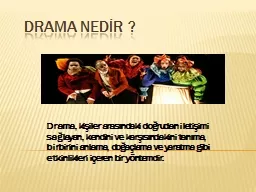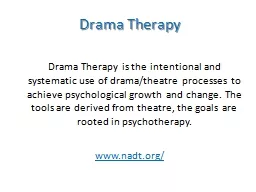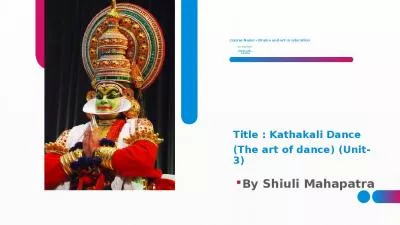PPT-Course Name – Drama and art in education
Author : udeline | Published Date : 2024-01-13
2 nd Semester Course code 12EPC2Unit3 Title Folk Dance Part 2 By Shiuli Mahapatra BIHU The Bihu dance is an indigenous folk dance from the
Presentation Embed Code
Download Presentation
Download Presentation The PPT/PDF document "Course Name – Drama and art in educati..." is the property of its rightful owner. Permission is granted to download and print the materials on this website for personal, non-commercial use only, and to display it on your personal computer provided you do not modify the materials and that you retain all copyright notices contained in the materials. By downloading content from our website, you accept the terms of this agreement.
Course Name – Drama and art in education: Transcript
Download Rules Of Document
"Course Name – Drama and art in education"The content belongs to its owner. You may download and print it for personal use, without modification, and keep all copyright notices. By downloading, you agree to these terms.
Related Documents

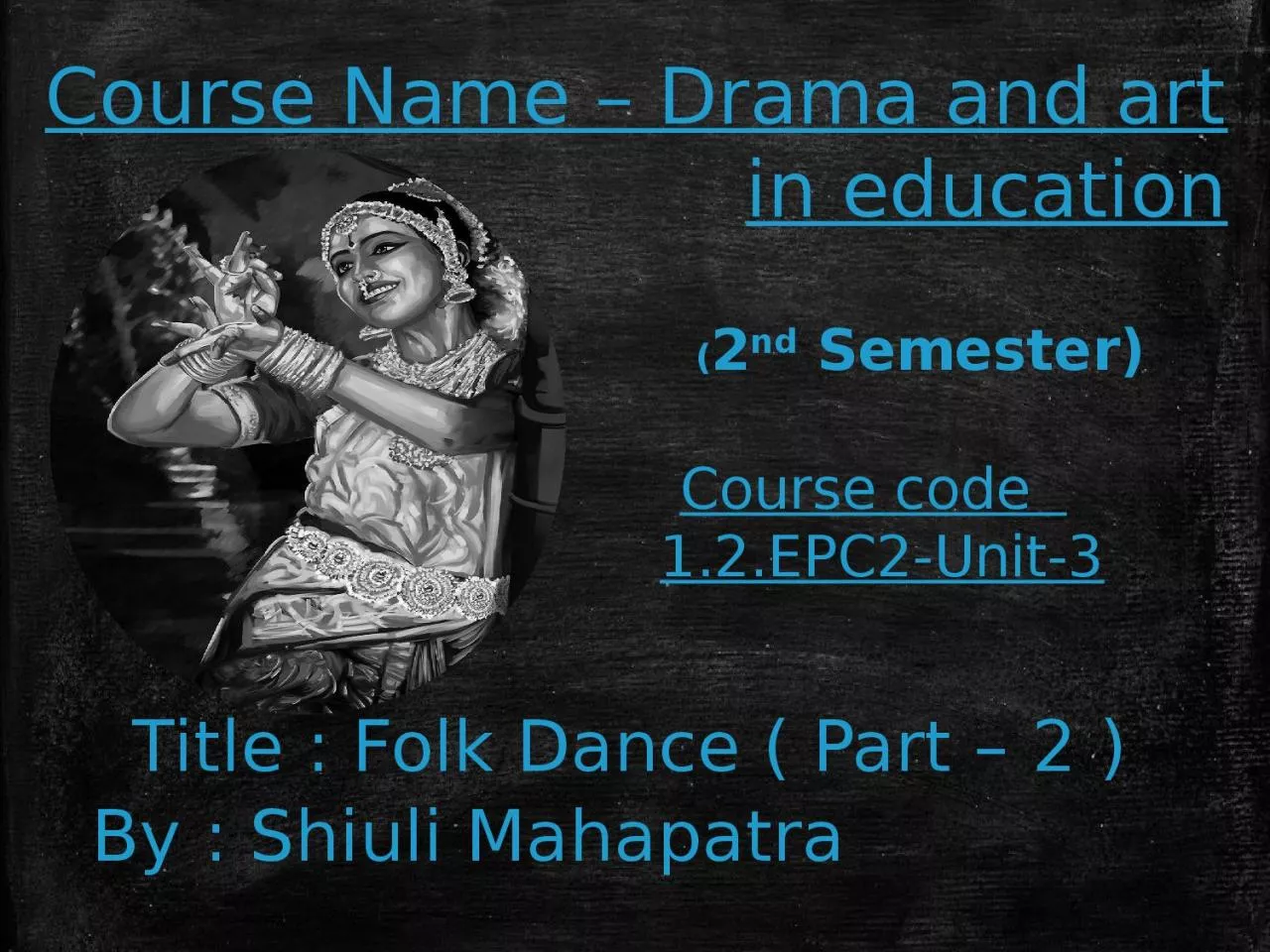
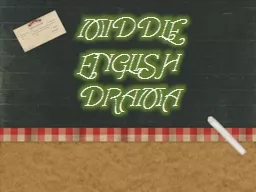

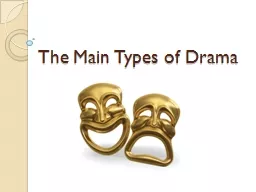


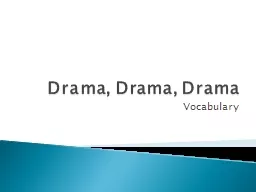
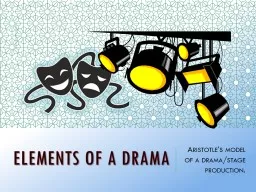
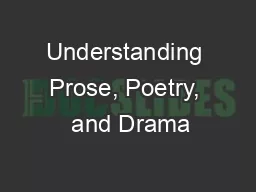
![“DRAMA” Types of Drama Tragedy: [solemn, personal, religious & Social Issues]](https://thumbs.docslides.com/762817/drama-types-of-drama-tragedy-solemn-personal-religious-amp-social-issues.jpg)
